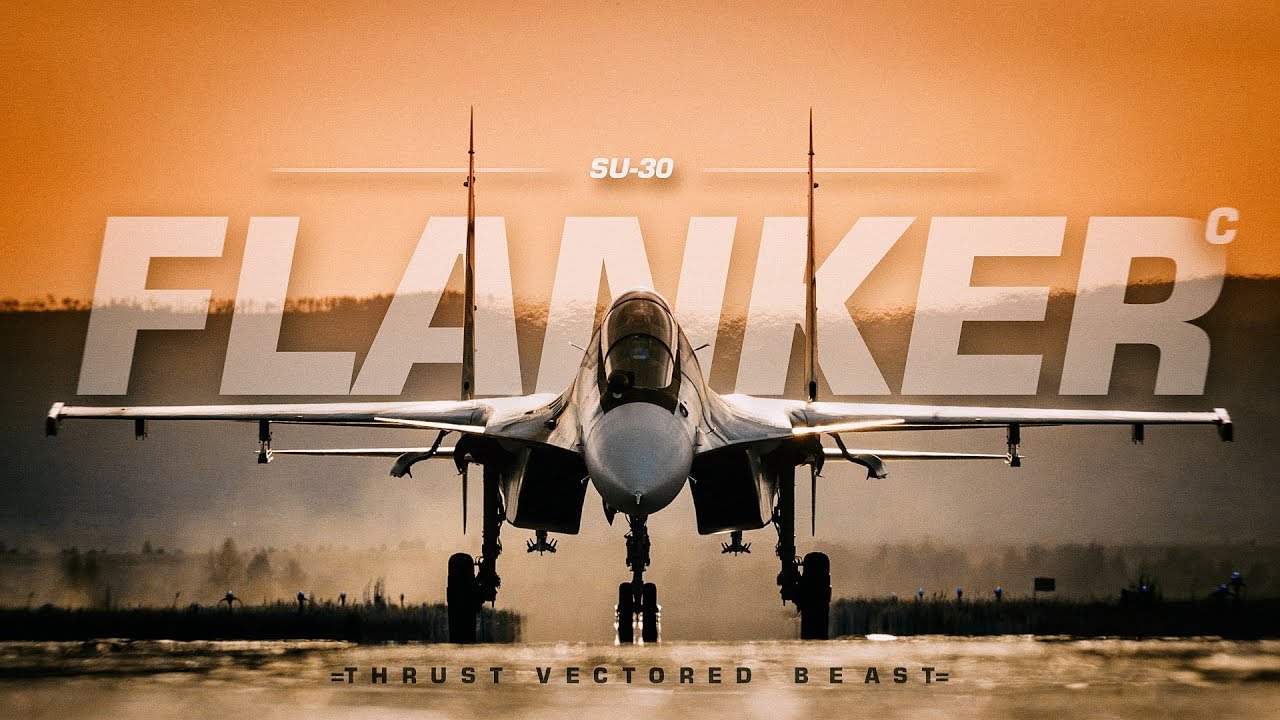
New Delhi: A comprehensive upgrade of the mainstay Su 30MKI fighter jet fleet that will see the aircraft get new radars, mission control system, electronic warfare capabilities and integration of new weapon systems will see heavy participation from the private sector.
The $7.5 billion upgrade, approved by the defence ministry last year, will be done by Hindustan Aeronautics Limited, with support from the Defence Research and Development Organisation (DRDO) and several major components will be procured from the Indian private sector.
"The upgrade will see significant private sector participation, with HAL as the lead integrator," CMD of HAL CB Ananthakrishnan told ET.
The project, which has been put on fast track by the Indian Air Force, is to be carried out in two phases. The first will involve new avionics and radars for the aircraft while the second phase will concentrate on flight control systems. Several Russian origin systems are being replaced by indigenous options.
A majority of the work will involve indigenous systems that are to be fitted onboard the platform to give it a combat edge. This will include a new indigenous radar that will enable the aircraft to pick up and engage targets at much larger distances. The radar in older generation jets had been a point of concern for the Air Force as it would get outperformed by systems used by adversaries.
In the first phase, the aircraft will also get a new Electronic Warfare System to jam incoming threats and disrupt enemy communication. Besides, the fighters are to get new indigenous Infra Red Search and Track systems that will greatly enhance the ability to engage air-to-air and air-to-ground targets.
Work on integrating the aircraft with the new systems could begin this year, with the Air Force keen on modernising the entire fleet at the earliest. Close to 90 of the fighters are to be upgraded in the first tranche that would be conducted entirely in India.
India ordered 272 of the fighter jets from Russia that form the mainstay of the Air Force fighter fleet. Last year, an order for 12 more jets was also cleared for Rs 11,000 crore. These jets would be manufactured by HAL with indigenous content of over 50%.
Over 600 aircraft of the Su 27/30 type have been manufactured and large operators include Vietnam, Malaysia, Indonesia and Algeria. This opens up a significant export market for the upgrades as well.
Last edited:








